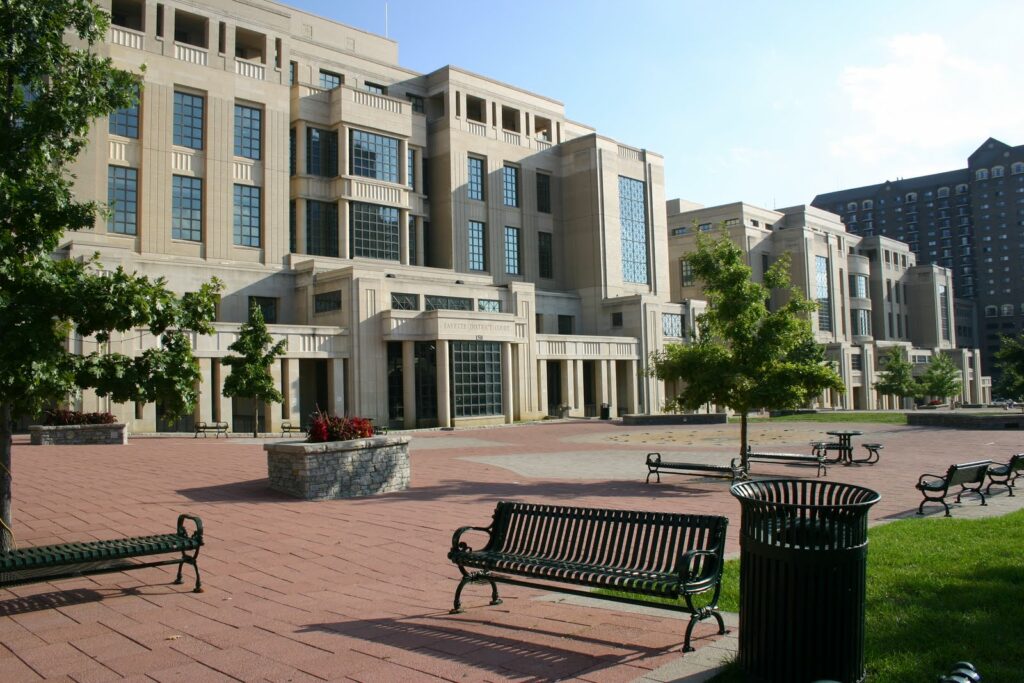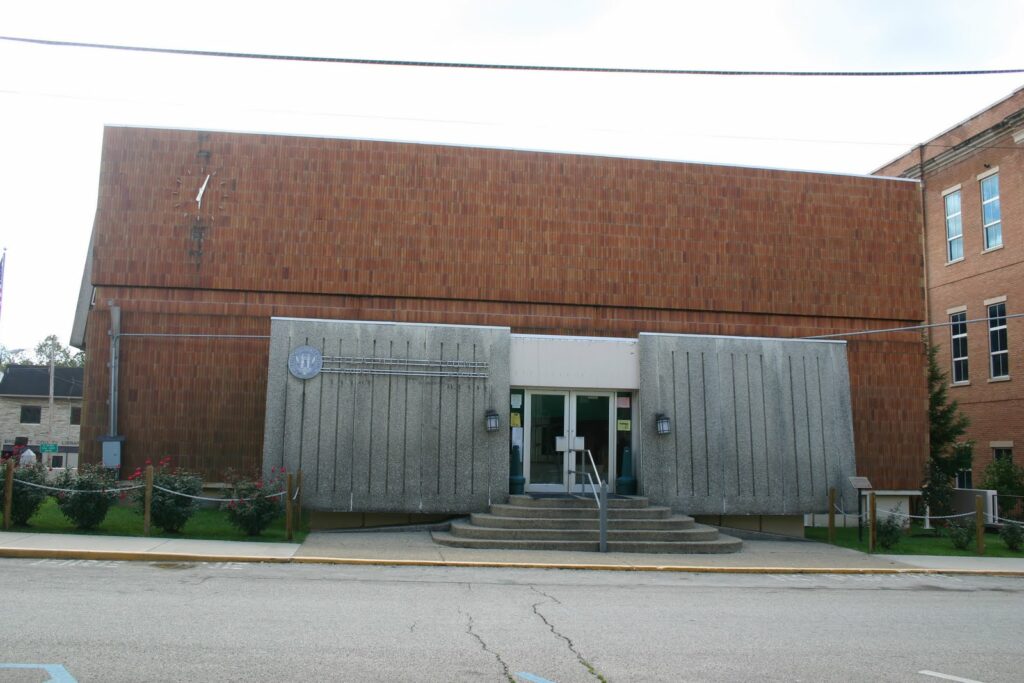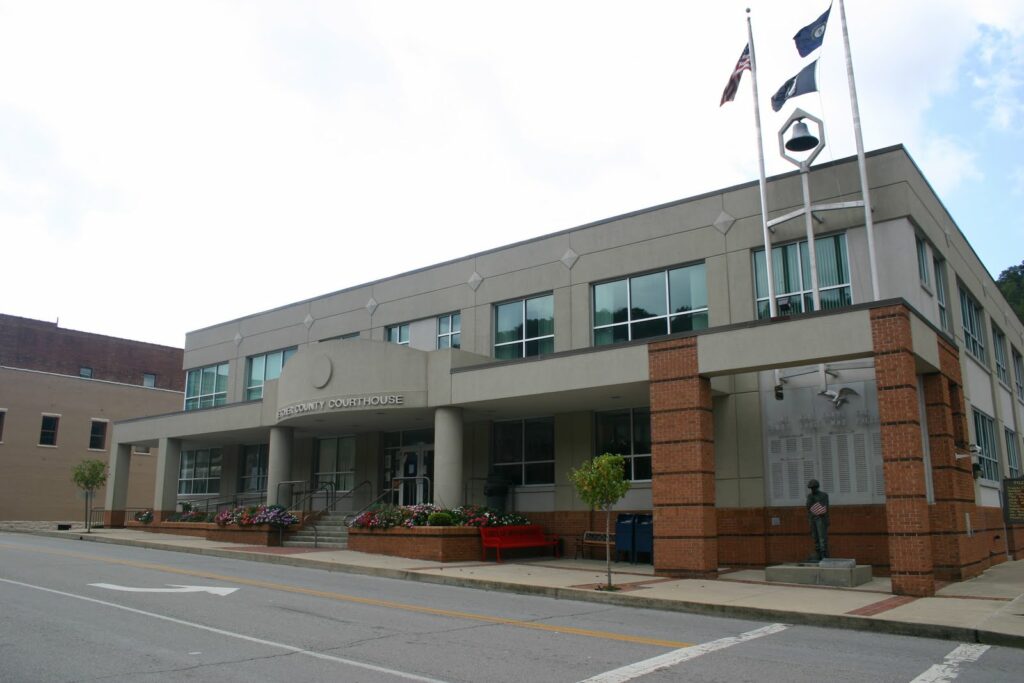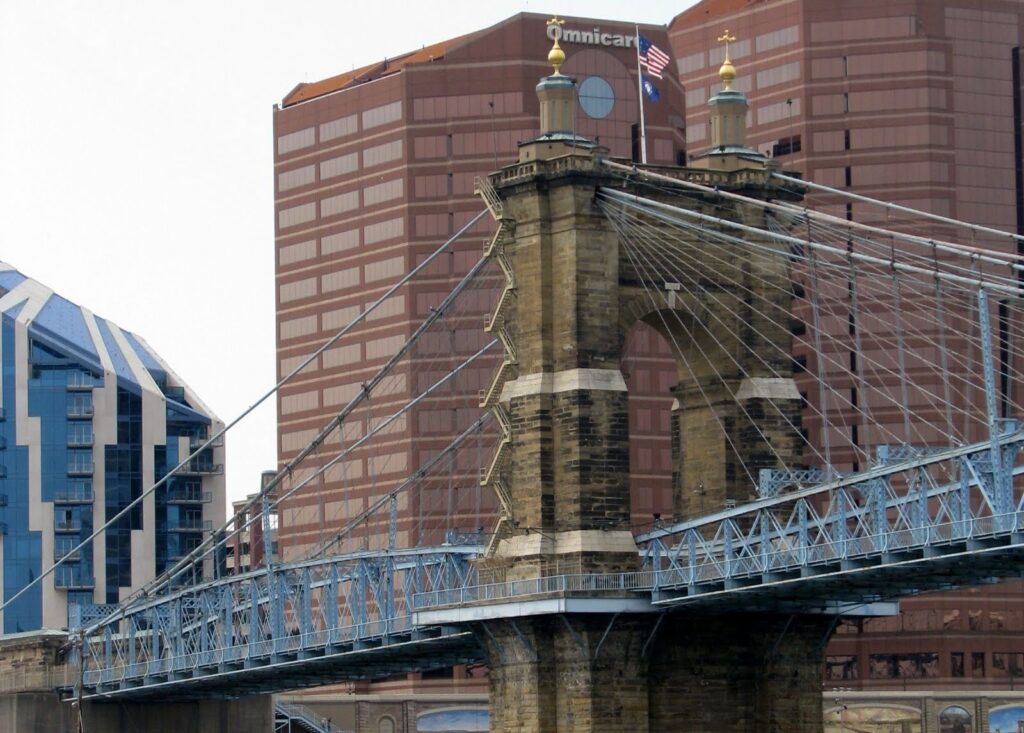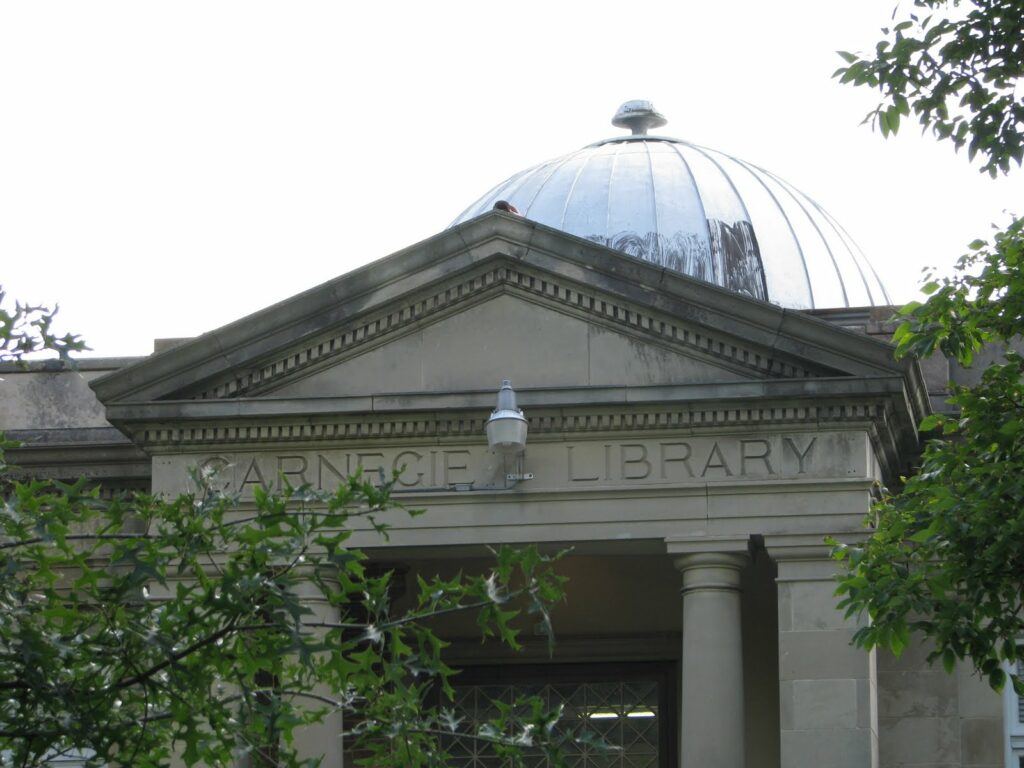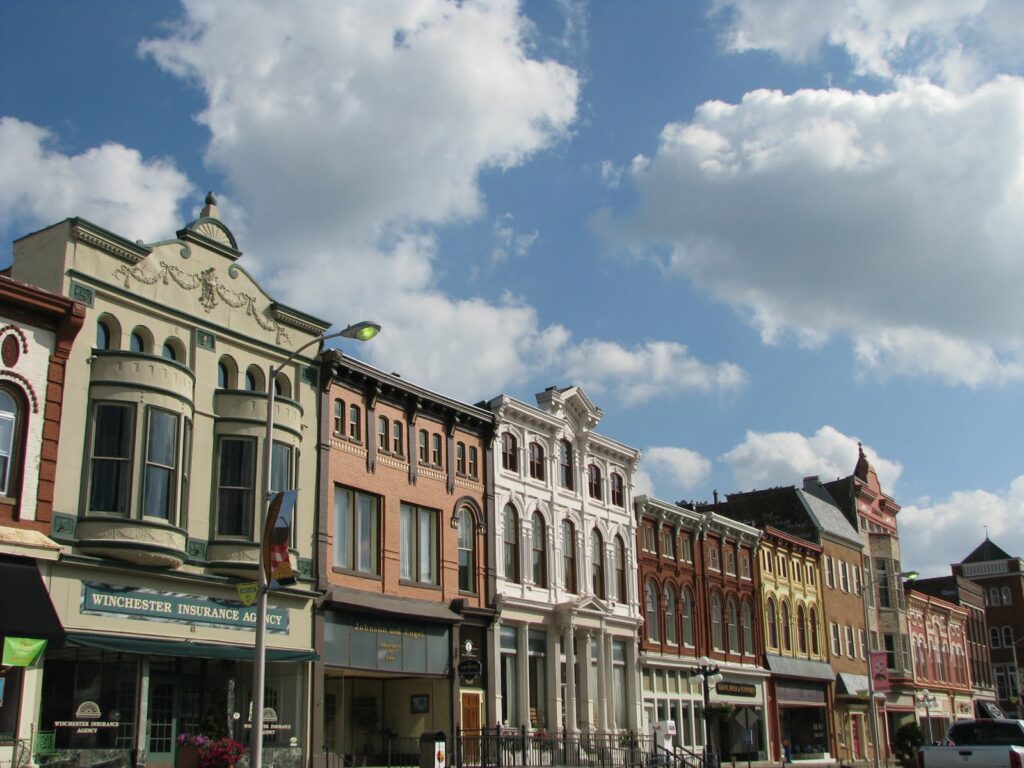When I saw this little town on the map, I wanted to drive through and see a church called “Preachersville [Blank] Church.” Special thanks to the United Methodists for fulfilling my photographic curiosity.
Preachersville, Kentucky is a quiet farming community in Lincoln County between Lancaster (Garrard) and Crab Orchard (Lincoln). Near the Dix River, it was unsurprisingly named because – there were a lot of preachers who lived in the area. Apparently, the concentration of ministers was more dense in this area then in any other region of the country as Preachersville is the only community in the United States to hold this unique name.
Today, it is the home of two churches. The Drakes Creek Baptist Church (c. 1860, but the building burned and the new church was built in the 1960s) and the Preachersville United Methodist Church. The Methodist Church, pictured above, was established and built in 1891.
This area of Lincoln County is beautiful. The foothills of the Appalachians lie on the horizon and the rolling hills are fertile. I made this trip a couple weeks ago and on that Sunday, the weather was perfect: the grass greener and the skies bluer.
Before leaving Lincoln County, I travelled through another small community: Crab Orchard. Near the end of the Logan Trace of the Wilderness Trail, Crab Orchard was famed for its mineral springs. Apparently, it was not uncommon for 400-500 guests to visit the springs each day through the 1920s. Crab Orchard also had at least one curiosity: the water tower evidences the divide experienced by families in this area during the Civil War. The water tower reads “Crab Orchard: Embracing our Past” with the American and Confederate flags painted on either side.



